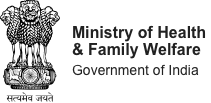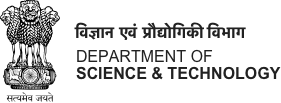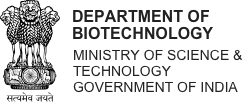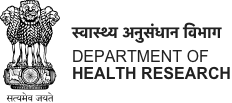
- A+
- A
- A-
Introduction
India has a unique genetic history underpinned by centuries. Despite the widespread similarities in culture, food habits, and way of life, the South Asian genetic population is comprised of more than 5000 genetic sub-groups (1). The geographical and environmental diversity in India is unparalleled and comprises mountains, plains, coasts, swamplands, grasslands, and tropical & temperate forests. This environmental diversity impacts people with different genetic arrangements differently. People with a certain genetic arrangement may be at a higher risk of contracting a specific disease that may not affect the entire population.
Therefore, the diversity of our environment requires a large-scale study of human genomes specific to our lifestyle and how this impacts health disease patterns. The ‘Bioscience for Human Health’ mission of the PM-STIAC will make use of healthy and diseases samples to understand the impact of nature and nurture on health. The primary goal of the mission is to construct comprehensive reference maps of genomes and to understand the dynamics of how exposure to different environments impacts our bodies.
The mission will focus on the genomic study of populations of humans to identify and unravel the genetic basis and prevalence of rare and inherited diseases. The outcome will help simulate better diagnosis and treatment that can feed into the health care system of the country.
‘Mapping of India’s Genetic Landscape’ was one of the thrust areas of Union Budget 2020-21 (2). The Department of Biotechnology has initiated the project named GenomeIndia with the aim of ‘Cataloguing the Genetic Variation in Indians' (3). Encouragingly, The Council of Scientific and Industrial Research (CSIR) in November 2019 announced the conclusion of a six-month exercise of mapping a “whole-genome sequence” of 1,008 Indians. As a part of its “IndiGen” program thus laying down one of the first steps in the future roadmap (4).
Objectives
To construct comprehensive reference maps of genomes, and understand the dynamics of how exposure to different environment impacts our bodies
To focus on the genomic study of human populations in order to identify and unravel the genetic basis and prevalence of rare and inherited diseases
To improve diagnosis and treatment techniques, that can ultimately feed into the health care system of the country








